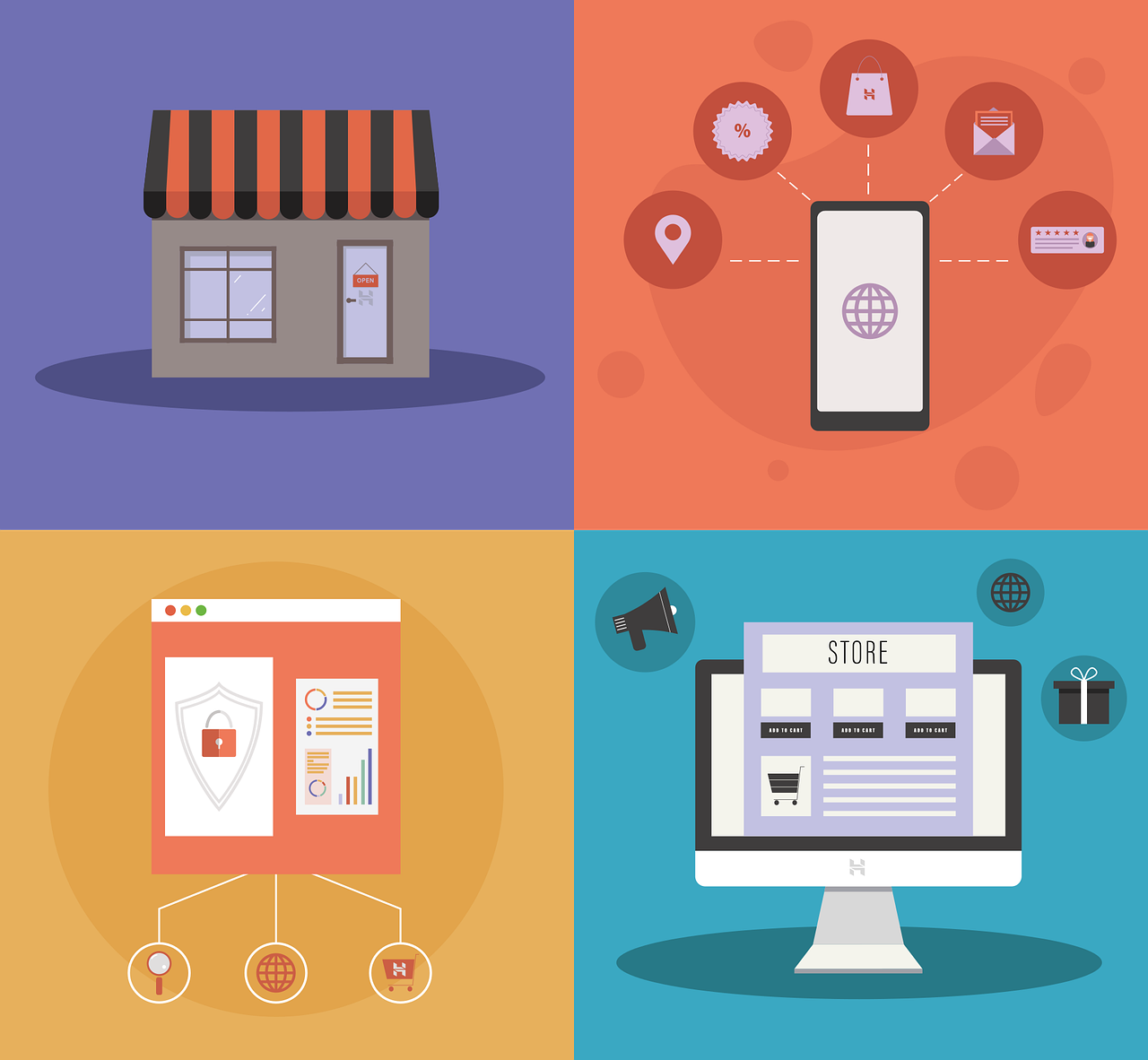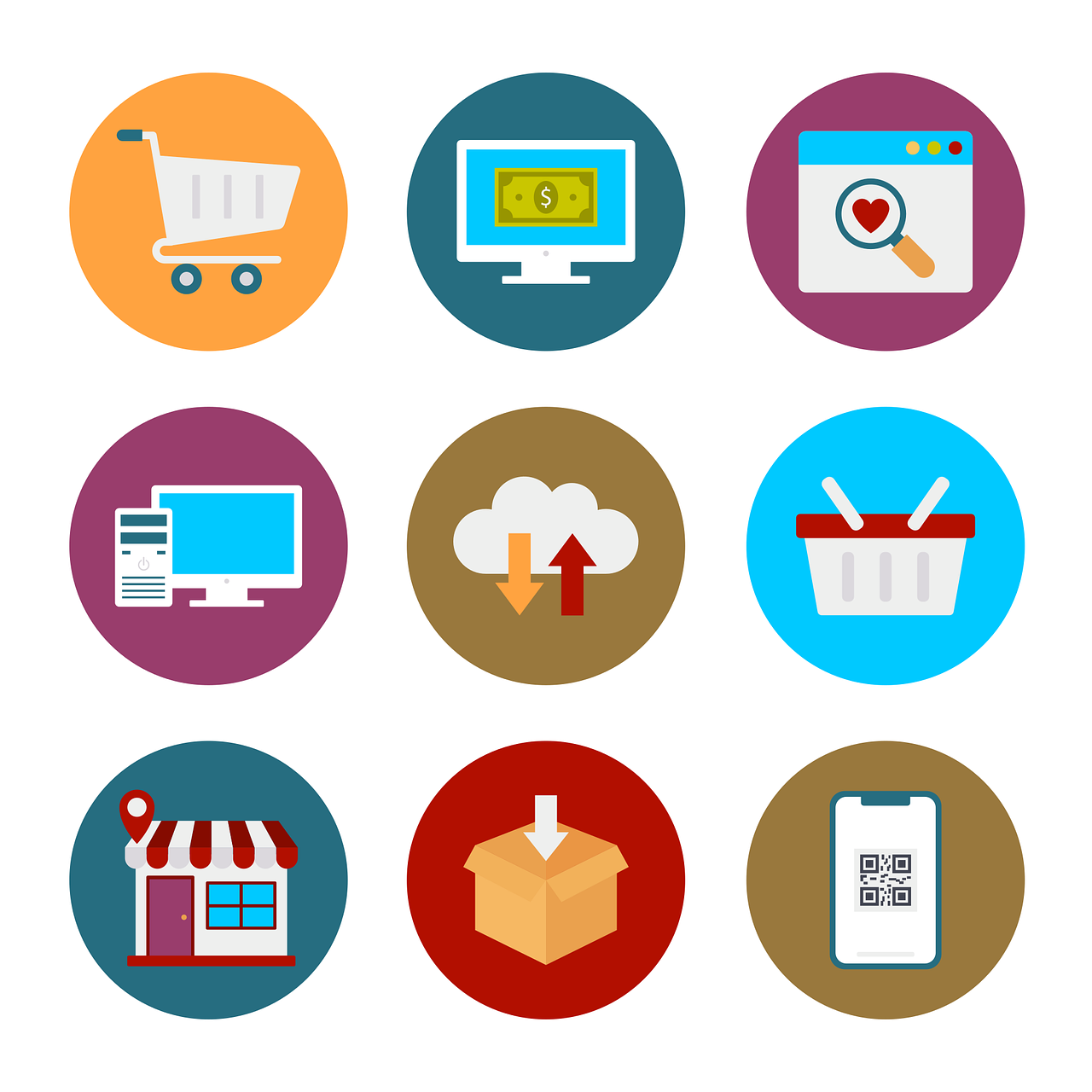Touchpoint in marketing is about all interactions between the customer and your brand during the consumer's journey. Knowing and properly managing the customer's contact points gives you the chance to obtain information about him, which can later be used, among others, in campaigns. How to manage touchpoints?
What is touchpoint?
Touchpoint, or point of contact, is any point of customer interaction with your brand at any stage of their journey. It can be a store, product, seller, receipt or product catalog. But also digital touchpoints that cover the website, social media, search results, customer reviews. There are also managed contact points, e.g. Adwords campaigns, or spontaneous points in the form of blogs, forums or word of mouth. You should also not forget about the touchpoint after purchasing the product: customer satisfaction surveys, after-sales e-mails, or subscription renewals. Knowing and managing the touchpoints allows you to recreate the whole customer path and understand your customers better. Especially since the customer rarely interacts with only one point of contact before making a purchase. Most often, before we buy, for example, a dress, we check it both physically in the store and online on various websites, looking for the best offer or opinion about it. So how to manage the concept of touchpoint to bring us measurable profits?
Getting to know your customer's shopping path can bring tangible benefits
We know how to properly manage touchpoints!
How to manage touchpoints?
At the very beginning, you should carefully analyze target group, and then all our customers' touchpoints. It's best to draw this as a customer journey map in chronological order to fully understand the consumer's complete experience with your business. Then consider whether these touch points are in line with your brand values, analyze customer service and its standard. As well as all possible risky situations that could discourage the consumer from you.
Put yourself in the shoes of your consumer and imagine what steps he takes when making a purchase decision. Where does information check first? How does he decide to buy a product? The next step is to select the most important touch points to use in the 100%. Constantly monitor all customer interactions to be able to work on the weakest. Thanks to such activities, you are able to recreate the customer's routine and allocate points in the right places on the shopping path. It is a constant reminding about ourselves, teaching the consumer about our brand and products. However, remember not to overdo it with the number of contact points. The most important thing is that they should be adapted to the consumer, as well as to the message channels.


